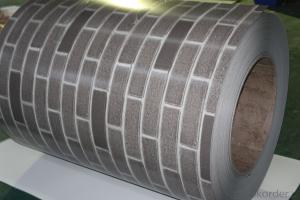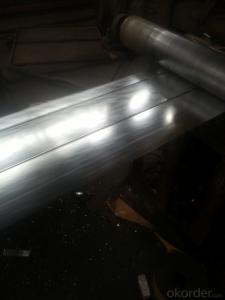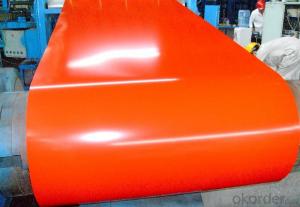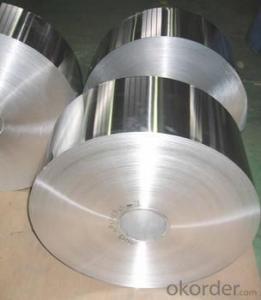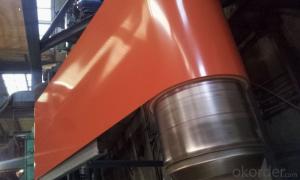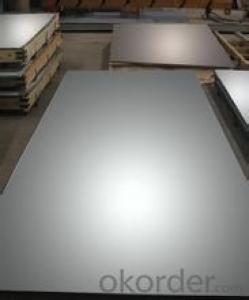Stone Pattern Printing Steel Plate-1.00mm*1250mm Z60g
- Loading Port:
- Tianjin
- Payment Terms:
- TT OR LC
- Min Order Qty:
- 50 m.t.
- Supply Capability:
- 5000 m.t./month
OKorder Service Pledge
OKorder Financial Service
You Might Also Like
Stone Pattern Printing Steel Plate-1.00mm*1250mm Z60g
1.Refrigerator shutter &side panels, Washer, Freezers, Air conditions,
2.Rice Cooker, Microwave Ovens, Water Heaters, Sterilization Cabinets, Range Hoods
3.Computer Panels , DVD/DVB panels, TV back panel etc.
Teaching Board: whiteboard, blackboard, green board(chalk board).
Indoor Decoration: Fireproof Door, kitchen cabinet, wall decoration.
Shipping Industries: Ship, Fecht, Marine.
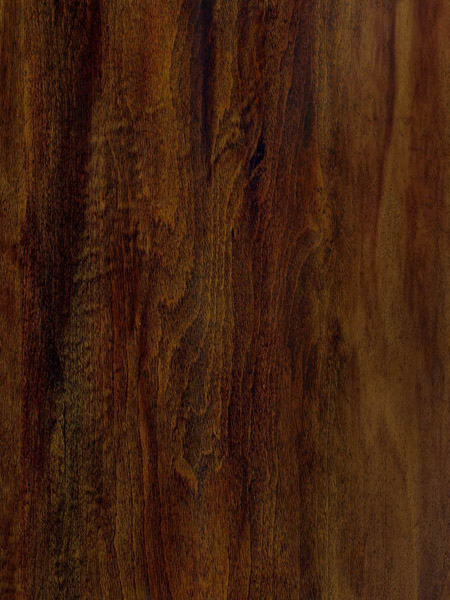


Teaching Board: whiteboard, blackboard, green board(chalk board).
Indoor Decoration: Fireproof Door, kitchen cabinet, wall decoration.
Shipping Industries: Ship, Fecht, Marine.

1.strong corrosion resistance
2.surface quality
3.conducive to deep processing,such as the embossed PPGI,printed PPGI&punching PPGI
4.economy and practicality
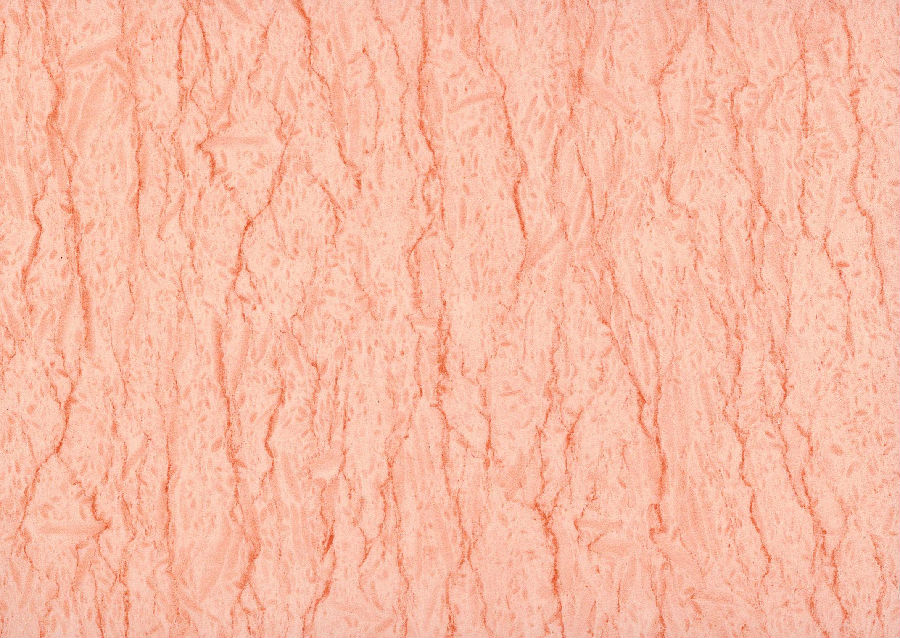
1.Thickness:0.16-2.0mm
2.Width:600-1500mm
3.Material: SGCC,SGCD,SECC,SECD,DX51D+Z
4.Zinc coating:40-275G/M2
5.Surface Structure: galvanized ,zero spangle, regular spangle or normal spangle
6.Surface treatment: chromated and oiled, chromated and non-oiled
7.Color:all RAL series
- Q:What is the fatigue strength of a steel strip?
- The ability of a steel strip to endure repeated cycles of stress without failing is known as its fatigue strength. Fatigue strength measures the resistance of the material to fatigue, which is the gradual weakening and eventual failure of a material when subjected to cyclic loading conditions. Several factors determine the fatigue strength of a steel strip, including the steel's composition, microstructure, surface condition, and applied stress levels. Fatigue testing is commonly used to determine the fatigue strength, where the steel strip is subjected to cyclic loading under controlled conditions. To represent the fatigue strength, a stress-life curve is often used. This curve illustrates the applied stress level against the number of cycles it takes for the steel strip to fail. It helps in understanding the fatigue behavior of the steel strip and identifying its endurance limit, which is the maximum stress level it can sustain indefinitely without failure. The fatigue strength of a steel strip can vary significantly depending on the grade and heat treatment of the steel. Higher strength steels generally have lower fatigue strength due to their increased hardness and reduced ductility. On the other hand, lower strength steels with higher ductility tend to have higher fatigue strength. Considering the fatigue strength of a steel strip is crucial in applications where cyclic loading is common, such as in machinery, automotive components, and structural elements. Neglecting to account for fatigue strength can lead to unexpected failures and compromised structural integrity. In conclusion, the fatigue strength of a steel strip is a vital property that determines its ability to endure repeated cycles of stress without failing. It is influenced by various factors and is typically determined through fatigue testing. Understanding the fatigue strength is essential in designing and utilizing steel strips in applications involving cyclic loading.
- Q:What are the different surface peening methods for steel strips?
- Some of the different surface peening methods for steel strips include shot peening, ultrasonic peening, and laser peening. Shot peening involves bombarding the surface of the steel strip with small spherical particles at high velocities to create compressive stresses and improve its strength and fatigue life. Ultrasonic peening uses high-frequency vibrations and a liquid medium to induce compressive stresses in the surface layer of the steel strip. Laser peening utilizes a high-energy laser beam to generate shock waves on the surface, resulting in improved resistance to fatigue and stress corrosion cracking. These methods are commonly employed to enhance the mechanical properties and durability of steel strips in various applications.
- Q:What are the tolerances for dimensional accuracy in steel strips?
- The tolerances for dimensional accuracy in steel strips can vary depending on various factors such as the specific manufacturing process, the intended application of the steel strips, and the industry standards and regulations that govern the production. Generally, dimensional accuracy in steel strips is crucial to ensure their proper fit and functionality in various applications. The tolerances for dimensional accuracy in steel strips typically include measurements such as thickness, width, and length. For example, the thickness tolerance may range from a few micrometers to a few millimeters, depending on the desired precision and the specific requirements of the application. Similarly, the width tolerance may vary depending on the intended use, with narrower tolerances being necessary for applications where precise fit is essential. Length tolerance is another important factor, and it is usually specified to ensure that steel strips are cut to the desired length without significant deviations. This is particularly crucial in industries such as construction, automotive, and manufacturing, where precise dimensions are required for proper assembly and performance. It is important to note that different industries and applications may have their own specific tolerances for dimensional accuracy in steel strips. For instance, aerospace and automotive industries often demand higher precision and tighter tolerances compared to general manufacturing applications. In such cases, the tolerances may be specified in terms of tighter ranges, ensuring more precise and accurate dimensions. To determine the specific tolerances for dimensional accuracy in steel strips, it is advisable to refer to industry standards and regulations that outline the acceptable range of variations for different measurements. These standards are typically developed by recognized organizations and associations, taking into consideration the specific requirements and safety considerations of the industry. In conclusion, the tolerances for dimensional accuracy in steel strips can vary based on factors like manufacturing process, application, and industry standards. It is crucial to adhere to the specified tolerances to ensure proper fit, functionality, and safety in various applications.
- Q:How are steel strips formed into different shapes?
- Steel strips can be formed into different shapes through various processes such as bending, rolling, stamping, or pressing. These techniques apply pressure or force to manipulate the steel strip into the desired shape, allowing for the creation of a wide range of forms and structures.
- Q:What are the safety protocols for handling steel strips in a warehouse?
- The safety protocols for handling steel strips in a warehouse typically include wearing appropriate personal protective equipment (PPE) such as gloves, safety shoes, and eye protection. Workers should be trained in proper lifting techniques to avoid back injuries and should use lifting equipment like cranes or forklifts, if necessary. Steel strips should be stacked and stored securely to prevent them from toppling over and causing injuries. Regular inspections of the storage area should be conducted to identify any potential hazards or damage to the strips. Overall, the key safety protocols involve proper training, PPE usage, secure storage, and regular inspections to ensure a safe working environment.
- Q:How do steel strips contribute to the strength of structures?
- Steel strips contribute to the strength of structures in several ways. Firstly, steel is an incredibly strong and durable material, known for its high tensile strength. When steel strips are incorporated into a structure, they provide reinforcement and support, helping to bear heavy loads and resist external forces such as wind or earthquakes. This reinforcement helps to prevent deformation or collapse of the structure, ensuring its stability and longevity. Additionally, steel strips can be strategically placed in key areas of a structure to distribute and transfer loads more efficiently. By acting as load-bearing components, they can effectively transfer the weight and stress from one area to another, preventing localized points of weakness or failure. This distribution of load helps to evenly distribute the forces acting on the structure, enhancing its overall strength and stability. Moreover, steel strips are often used as tension members in structures, such as beams or columns. Due to their high tensile strength, they are able to resist pulling forces and prevent the structure from being pulled apart. This is particularly crucial in structures that might experience high tension forces, such as bridges or tall buildings, where the steel strips help to counteract the effects of gravity and keep the structure intact. Furthermore, steel strips are resistant to corrosion and degradation, making them highly suitable for long-term structural applications. This durability allows structures to maintain their strength and integrity over time, reducing the need for frequent repairs or replacements. The inclusion of steel strips in the construction process ensures that the structure remains robust and resilient for years to come. In conclusion, steel strips greatly contribute to the strength of structures by providing reinforcement, load distribution, tension resistance, and durability. Their integration helps to ensure the stability, safety, and longevity of various types of structures, from buildings and bridges to infrastructure and industrial facilities.
- Q:How do steel strips compare to other materials, such as aluminum or copper?
- Steel strips have several advantages over other materials such as aluminum or copper. Firstly, steel is known for its strength and durability, making it more resistant to wear and tear than aluminum or copper. Additionally, steel has a higher tensile strength, allowing it to withstand greater forces without breaking. Moreover, steel has a lower coefficient of thermal expansion compared to aluminum or copper, meaning it expands and contracts less with temperature changes. This makes steel strips more stable and less prone to warping or distortion. Lastly, steel is often more cost-effective than aluminum or copper, making it a popular choice for various applications.
- Q:Are steel strips suitable for making electrical connectors?
- Yes, steel strips are suitable for making electrical connectors. Steel strips offer several advantages that make them a popular choice for electrical connectors. Firstly, steel is a highly conductive material, which means it can efficiently transmit electrical currents. This makes steel strips ideal for carrying electrical signals and ensuring a reliable connection. Additionally, steel is a strong and durable material, which enhances the longevity and reliability of electrical connectors. Steel strips can withstand harsh environmental conditions, such as extreme temperatures, moisture, and corrosion, ensuring that the connectors remain functional and safe under various circumstances. Moreover, steel strips can be easily formed and shaped into different connector designs, allowing for versatility and customization. This flexibility enables the production of connectors that can fit specific electrical applications and requirements. Furthermore, steel strips can be cost-effective compared to other materials used for electrical connectors, making them a practical choice for manufacturers and end-users. In conclusion, steel strips are indeed suitable for making electrical connectors due to their excellent conductivity, durability, adaptability, and cost-effectiveness.
- Q:What are the testing methods used to ensure the quality of steel strips?
- There are several testing methods used to ensure the quality of steel strips. These methods include visual inspection, dimensional measurement, chemical analysis, hardness testing, tensile testing, and surface finish evaluation. Additionally, non-destructive testing techniques such as ultrasonic testing and magnetic particle inspection may also be employed to detect any internal defects or flaws in the steel strips. These testing methods help ensure that the steel strips meet the required quality standards and are suitable for their intended applications.
- Q:Can steel strips be used for making automotive suspension components?
- Yes, steel strips can be used for making automotive suspension components. Steel is a common material choice for suspension components due to its strength, durability, and ability to withstand high loads and impacts. Steel strips can be formed, welded, and shaped to create various suspension parts such as coil springs, leaf springs, and stabilizer bars.
1. Manufacturer Overview |
|
|---|---|
| Location | |
| Year Established | |
| Annual Output Value | |
| Main Markets | |
| Company Certifications | |
2. Manufacturer Certificates |
|
|---|---|
| a) Certification Name | |
| Range | |
| Reference | |
| Validity Period | |
3. Manufacturer Capability |
|
|---|---|
| a)Trade Capacity | |
| Nearest Port | |
| Export Percentage | |
| No.of Employees in Trade Department | |
| Language Spoken: | |
| b)Factory Information | |
| Factory Size: | |
| No. of Production Lines | |
| Contract Manufacturing | |
| Product Price Range | |
Send your message to us
Stone Pattern Printing Steel Plate-1.00mm*1250mm Z60g
- Loading Port:
- Tianjin
- Payment Terms:
- TT OR LC
- Min Order Qty:
- 50 m.t.
- Supply Capability:
- 5000 m.t./month
OKorder Service Pledge
OKorder Financial Service
Similar products
New products
Hot products
Related keywords
